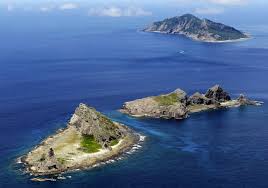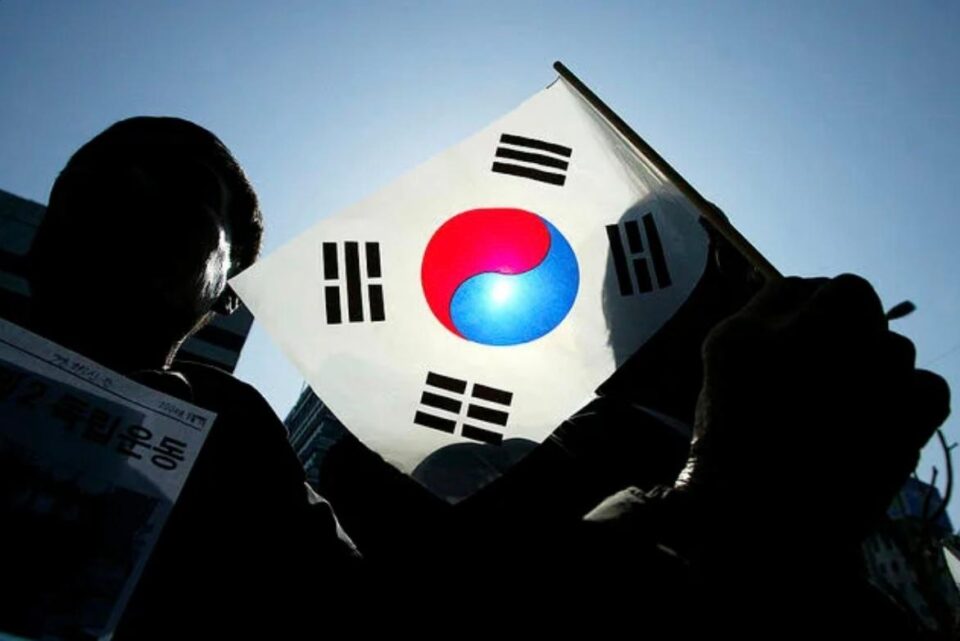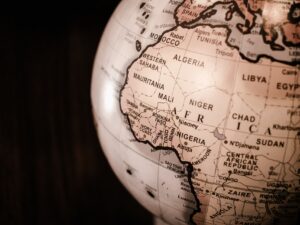While there has been growing concern in Japan in recent years about a Taiwan contingency, we need to pay even closer attention to the tensions surrounding the Senkaku Islands. The Senkaku Islands are Japan’s own territory, and China only began claiming them after the United Nations announced in 1969 that there were abundant undersea resources around the Senkakus.
However, China has been withdrawing its position of strength in the Senkakus as it has intensified its maritime expansion. In May, four vessels of the China Coast Guard were seen navigating in the adjacent waters bordering Japan’s territorial waters around the Senkaku Islands. In May, a patrol vessel of the Japan Coast Guard discovered four vessels of the Chinese Maritime Safety Bureau navigating in the adjacent waters around the Senkaku Islands. This is the 132nd consecutive day that Chinese vessels have been spotted in the waters around the Senkaku Islands, and one of the Chinese vessels identified on May 1 was carrying what appeared to be a machine gun. It is best to assume that the machine gun-like device is not merely to intimidate or deter the Coast Guard, but that they would not hesitate to attack if necessary. The Philippines and China are engaged in a territorial dispute over islands in the South China Sea, and in recent years there have been numerous collisions between ships of the two countries in these waters. In March, the Philippine government revealed that several Philippine ships carrying supplies to a military base on Second Thomas Reef in the South China Sea were intercepted by ships of the China Maritime Administration, one of which was hit and then fired a water gun, injuring four crew members. The Philippine government protested to China, but the Chinese side accused the Philippine ships of illegally entering Renai Reef (Chinese name for Second Thomas Reef) and intentionally hitting a ship of the Chinese Maritime Police Bureau. Such collisions and water gun attacks have been reported intermittently, and Vietnam, which is also in a territorial dispute with China over islands in the South China Sea, has experienced an incident in which a Vietnamese ship sank as a result of an attack by a Chinese vessel. The Senkakus being turned into the South China Sea is a scenario that is quite possible. In September 2012, the Japanese government announced the nationalization of the Senkaku Islands, which triggered the largest anti-Japanese demonstrations in China since the normalization of diplomatic relations between Japan and China in 1972. The anti-Japanese demonstrations spread to more than 50 cities, including Beijing and Chongqing, and some 10,000 to 20,000 people gathered at the Japanese embassy in Beijing to protest, throwing plastic bottles and garbage. Rioting demonstrators broke into Panasonic factories in Shandong and Jiangsu provinces, setting fires inside the plants and breaking into the guardrooms. A Toyota dealership in Qingdao was almost completely destroyed by arson, and windows and cash registers at Japanese department stores, supermarkets, and convenience stores, including Ito-Yokado, Jusco, and Isetan, were smashed and many items were looted. If the Senkakus were to be converted into the South China Sea, this would instantly worsen diplomatic relations, and the effects would spread first and foremost to the economic world. Japanese companies operating in China should pay attention to the Senkakus’ conversion to the South China Sea in the event of a Taiwan contingency, or even more so. The risk is not limited to the Taiwan contingency. ◆Chian Taro is an expert on international affairs. He is an expert on politics, economics, and social conditions in various countries. He has strong connections with defense and security officials in various countries, exchanging and sharing information on a daily basis.
Maiduna News 2024/5/1












